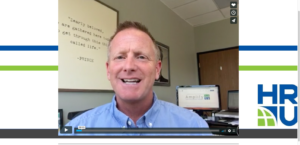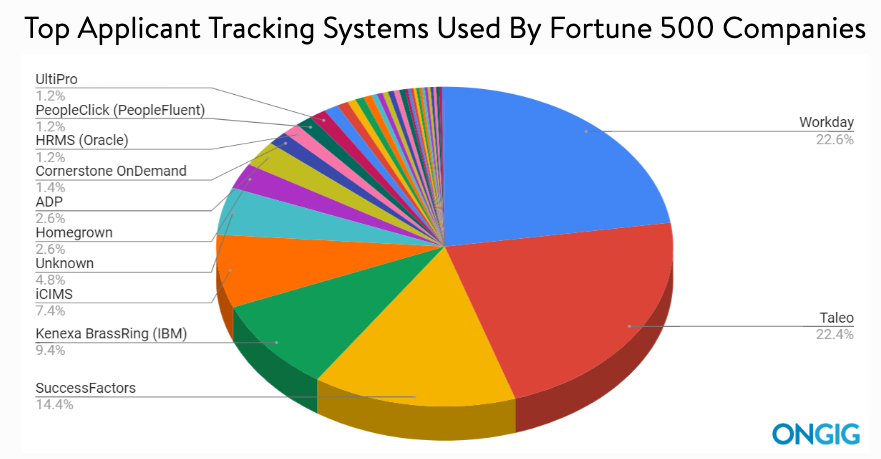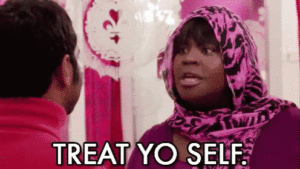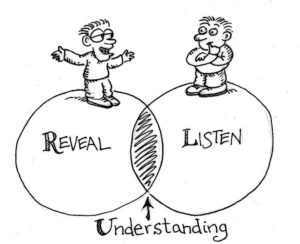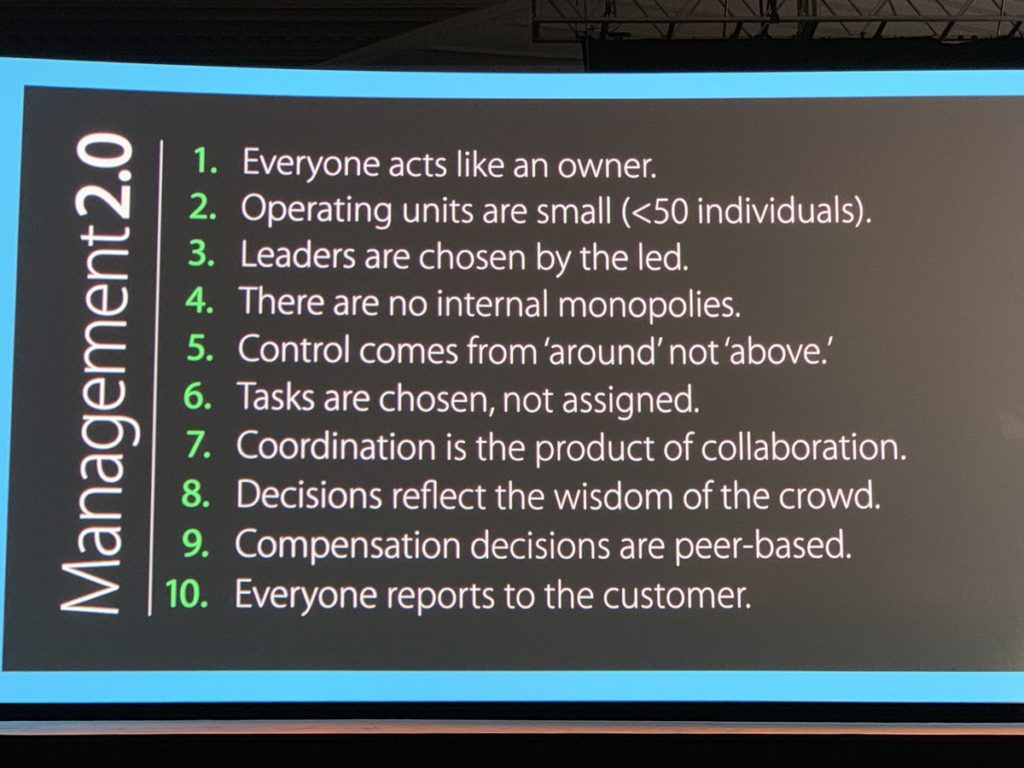Today on the Weekly Dose I take a look at SparcStart‘s newest product, Amplify. Amplify is a video management system/platform where you can store all of your employment branding and recruiting-related content no matter where it was produced. So, you can bring videos in from professional third parties, YouTube, employee-generated videos from their phones, videos generated on other video-enabled apps, etc., and have all of that content in one place.
Why is this a big deal? Video has increasingly become the go-to content for talent acquisition, and the growth of video being used is off the charts when it comes to employment branding and recruiting. The problem is we don’t have one place to catalog all of this content. We don’t have one place to share this content and measure the views. We don’t have one place to approve and ensure the right video content is being used by our teams.
Well, until Amplify.
What do I like about SparcStart’s Amplify VMS (Video Management System)?
– Super simple and easy to use dashboard to upload all of your EB & recruiting videos so you have them all in one system. Plus, from the dashboard, you can share them on social, get a URL to share with candidates that will bring them to your company branded micro-site to view (less noise then sending them to YouTube).
– Create videos as well, without the need for your employees to download an app. Basically, through the dashboard, invite them, tell them what it’s about, they get an email to click through on their phone, record, and upload all in two clicks total! You then have the ability to view and approve to be added to the content library on the dashboard. (click the pic below to see me use Amplify in action)
– Having a video management system allows you to have one spot for quality control across your entire environment. The one problem with quick-video is that we lose control of our brand when all of this is being generated and no one seems to be in charge. Amplify is a great tool to have for any organization that potentially has many locations, divisions, regions, and countries using corporate branded video.
– Early users are already figuring out how to use this system in ways it wasn’t even designed for! Some early adopters are increasing their offer acceptance rate by having hiring managers send a quick offer video link, along with the offer letter, to make the offer super personalized for each candidate. Organizations can send out personal interview videos within seconds.
SparcStart was started as a video job description tool, which is how most of us will know them. The addition of Amplify, which is a stand-alone product, really is something that is needed in the industry and most people are just figuring out they need as video content has exploded. The pricing model is very affordable (like $1K/month for 50 vids!), especially when you figure out all the ways you can use it. The video below literally took me under thirty seconds to click on the email link, record, and upload, with the ability to use! The simplicity of Amplify is why I really think it will take off! Well worth a demo!
 The Weekly Dose – is a weekly series here at The Project to educate and inform everyone who stops by on a daily/weekly basis on some great recruiting and sourcing technologies that are on the market. None of the companies who I highlight are paying me for this promotion. There are so many really cool things going on in the tech space and I wanted to educate myself and share what I find. If you want to be on The Weekly Dose – just send me a note – timsackett@comcast.net
The Weekly Dose – is a weekly series here at The Project to educate and inform everyone who stops by on a daily/weekly basis on some great recruiting and sourcing technologies that are on the market. None of the companies who I highlight are paying me for this promotion. There are so many really cool things going on in the tech space and I wanted to educate myself and share what I find. If you want to be on The Weekly Dose – just send me a note – timsackett@comcast.net
Want help with your HR & TA Tech company – send me a message about my HR Tech Advisory Board experience.

